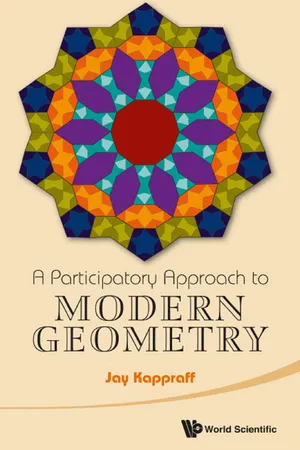
- 272 pages
- English
- ePUB (mobile friendly)
- Available on iOS & Android
A Participatory Approach to Modern Geometry
About this book
This book aims to make the subject of geometry and its applications easy and comfortable to understand by students majoring in mathematics or the liberal arts, architecture and design. It can be used to teach students at different levels of computational ability and there is also sufficient novel material to interest students at a higher cognitive level. While the book goes deeply into the applications of geometry, it contains much introductory material which up to now may not have been known to the student. The constructive approach using compass and straightedge engages students, not just on an intellectual level, but also at a tactile level. This may be the only rigorous book offering geometry that attempts to engage students outside of the mathematics discipline. Contents:
- Triangle and Square Grids
- The Pythagorean Theorem
- Scan Converting of a Line Segment
- Compass and Straightedge Constructions (Part 1: The World Within a Triangle)
- Congruent Triangles
- Introduction to Trigonometry
- The Art of Proof
- Angle
- Voronoi Domains
- Parallel Lines
- Bracing a Framework
- Similarity
- Compass and Straightedge Constructions (Part 2: Doing Algebra with Geometry)
- Area
- Vectors and Geoboards
- Logarithmic Spirals
- The Golden and Silver Means
- Isometries
- Isometries and Mirrors
- Kaleidoscopes and Symmetry
- Groups and Kaleidoscope Symmetry
- Frieze Patterns
- An Introduction to Fractals
- Isometries and Matrices
Readership: Undergraduate students of any discipline interested in improving their visual understanding in geometry. Key Features:
- Engages the student in hands-on activities using compass, straightedge, and protractor. In talking about areas and vectors, geoboards are used. A giant fractal wallhanging is constructed using the iterative function system. Compass and straightedge is used to create wonderful patterns
- There are many novel topics not covered in other books on geometry such as logarithmic spirals, Voronoi domains with application to pattern recognition, parallel lines with application to bracing a framework, fractals, kaleidocopes, an introduction to group theory
- Projective geometry is introduced at a constructive level. The student is engaged in carrying out 13 fundamental constructions of projective geometry. By focusing on projective geometry, the properties of Euclidean geometry become more understandable — including the nature of infinity and the meaning of parallel lines
Frequently asked questions
- Essential is ideal for learners and professionals who enjoy exploring a wide range of subjects. Access the Essential Library with 800,000+ trusted titles and best-sellers across business, personal growth, and the humanities. Includes unlimited reading time and Standard Read Aloud voice.
- Complete: Perfect for advanced learners and researchers needing full, unrestricted access. Unlock 1.4M+ books across hundreds of subjects, including academic and specialized titles. The Complete Plan also includes advanced features like Premium Read Aloud and Research Assistant.
Please note we cannot support devices running on iOS 13 and Android 7 or earlier. Learn more about using the app.
Information
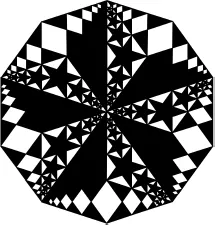 | CHAPTER 1 |
| TRIANGLE AND SQUARE GRIDS | |



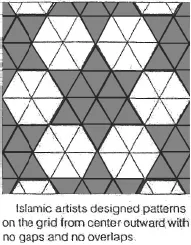

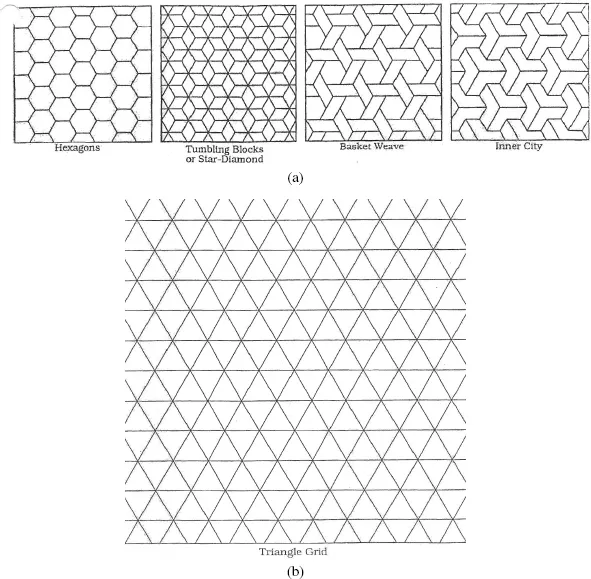
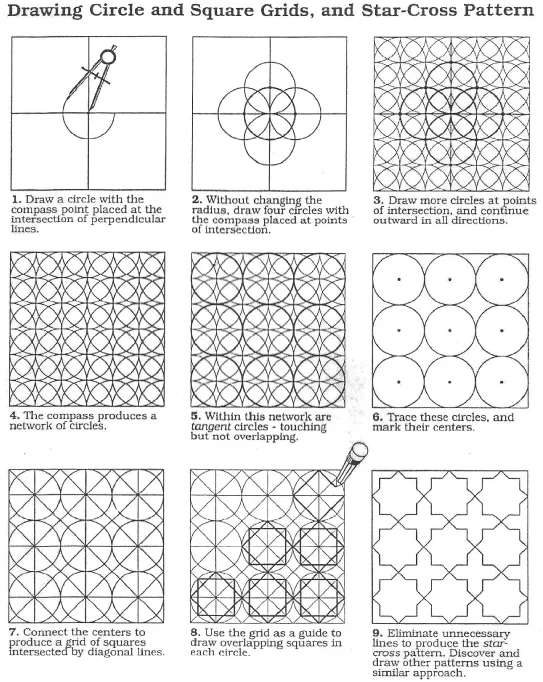

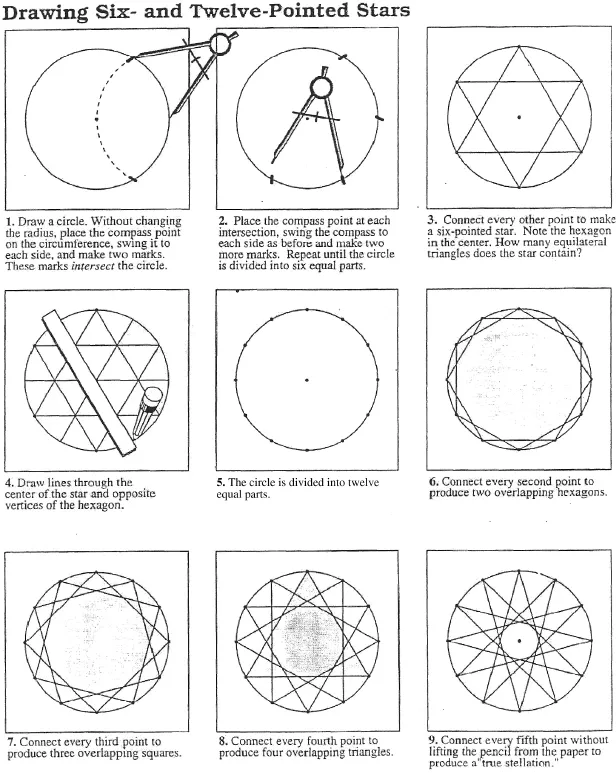
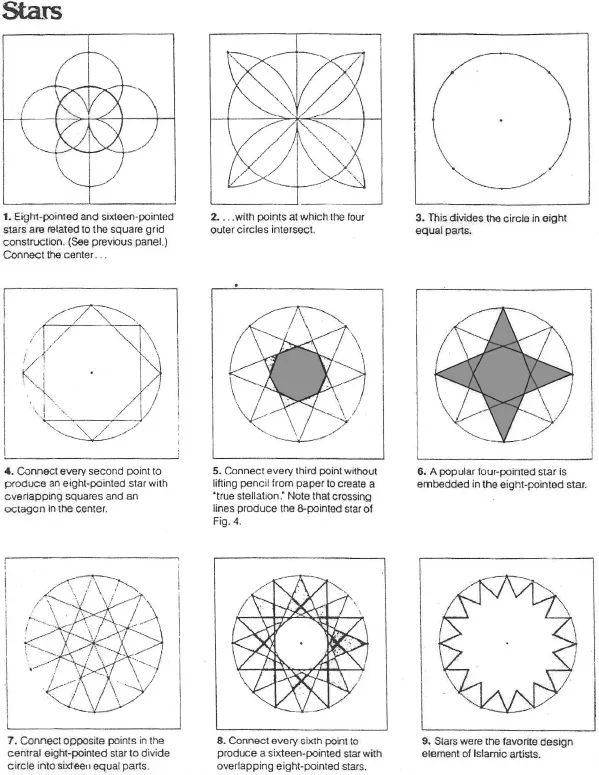
Table of contents
- Cover Page
- Title Page
- Copyright Page
- Contents
- Preface
- Chapter 1. Triangle and Square Grids
- Chapter 2. The Pythagorean Theorem
- Chapter 3. Scan Converting of a Line Segment
- Chapter 4. Compass and Straightedge Constructions
- Chapter 5. Congruent Triangles
- Chapter 6. Introduction to Trigonometry
- Chapter 7. The Art of Proof
- Chapter 8. Angle
- Chapter 9. Voronoi Domains
- Chapter 10. Parallel Lines
- Chapter 11. Bracing a Framework
- Chapter 12. Similarity
- Chapter 13. Compass and Straightedge Constructions
- 14. Area
- 15. Vectors and Geoboards
- 16. Logarithmic Spirals
- 17. The Golden and Silver Means
- 18. Isometries
- 19. Isometries and Mirrors
- 20. Kaleidoscopes and Symmetry
- 21. Groups and Kaleidoscope Symmetry
- 22. Frieze Patterns
- 23. An Introduction to Fractals
- 24. Isometries and Matrices
- Appendix A: Projective Geometry Constructions
- Appendix B: Glossary
- Appendix C: Essays
- Bibliography
- Index